https://www.behance.net/gallery/71753299/The-Two-Degree-Celsius-Series
T H E
TWO DEGREES
S E R I E S
Arctic Ice Sheet, Greenland, 2018 – 900 meter above the ground in a small airplane.
Global sea level rise will be one of the major environmental challenges of the 21st Century. One of the leading causes of sea level rise is the melting of ice from glaciers and ice sheets. The Greenland ice sheet alone contains enough water to raise global sea levels by more than 7 meters.
The Arctic is the fastest warming place of this planet, providing the first indication of how climate change is having an impact. Meltwater flows over the ice, enters into it and then flowing downstream into the ocean. It’s melting surface is one of the most obvious examples of global climate change. Below two degrees Celsius above pre-industrial levels is the agreed goal, signed by 197 countries at the Paris climate agreement in 2015 to limit global warming to avoid disastrous consequences of climate change. The two°degrees Series explores the effects of global warming on the Arctic Ice Sheet.
T H E
TWO DEGREES
S E R I E S
Below two degrees Celsius above pre-industrial levels – the agreed goal signed by 197 countries at the Paris climate agreement in 2015 to limit global warming to avoid disastrous consequences of climate change. Average surface temperatures across the globe have already risen to one degrees Celsius since the pre-industrial time in 1880, halfway to the threshold. So how does the effect of this warming exactly look like?
Global sea level rise will be one of the major environmental challenges of the 21st Century. One of the leading causes of sea level rise is the melting of ice from Glaciers and Ice Sheets. The Greenland Ice Sheet alone contains enough water to raise global sea levels by more than 7 meters. On top of the contribution from melting Ice Sheets and glaciers, seawater expands as it gets warmer, raising sea levels even further.
The Arctic is the fastest warming place on this planet, providing the first indication of how climate change is having an impact on the earth eco-system. The Greenland Ice Sheet covers approximately 82 percent of Greenland’s surface. Melting ice in the Arctic is one of the most obvious examples of global climate change.
The surface of the Arctic Ice Sheet is not a seamless plain of ice, it’s more like Swiss cheese, covered with thousands of seasonal rivers and lakes on the surface through which meltwater is able to flow over the ice, enter into the ice and then flowing downstream into the ocean. Surface melting also affects how much of the Sun’s energy the ice sheet reflects – known as the albedo effect: The bright white surface reflects most of the suns energy. Whereby melting ice uncovers darker land, water or ocean underneath, which then absorbs more sunlight, causing more heating and therefore a faster melting process. A vicious circle with serious effects for Weather and Eco-Systems.
Global sea levels are likely to raise up to more than 60 centimeter by the end of this century, which results in a risk of displacing for one-fifth of the world‘s population. The Two Degrees Series explores the effects of global warming, primarily caused by human activities on earth.
Arctic Ice Sheet, Greenland, 2018 – 900 meter above the ground in a small airplane.


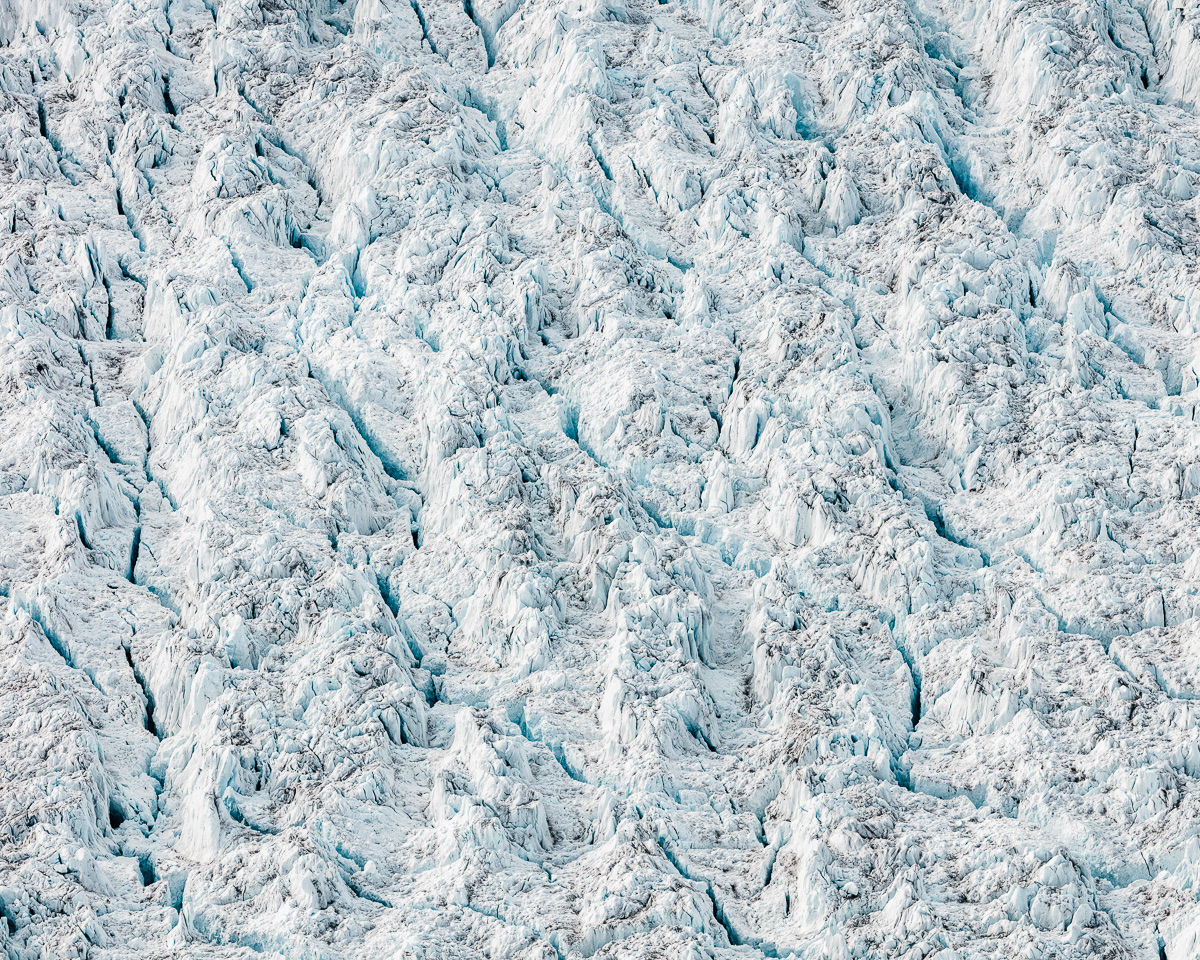


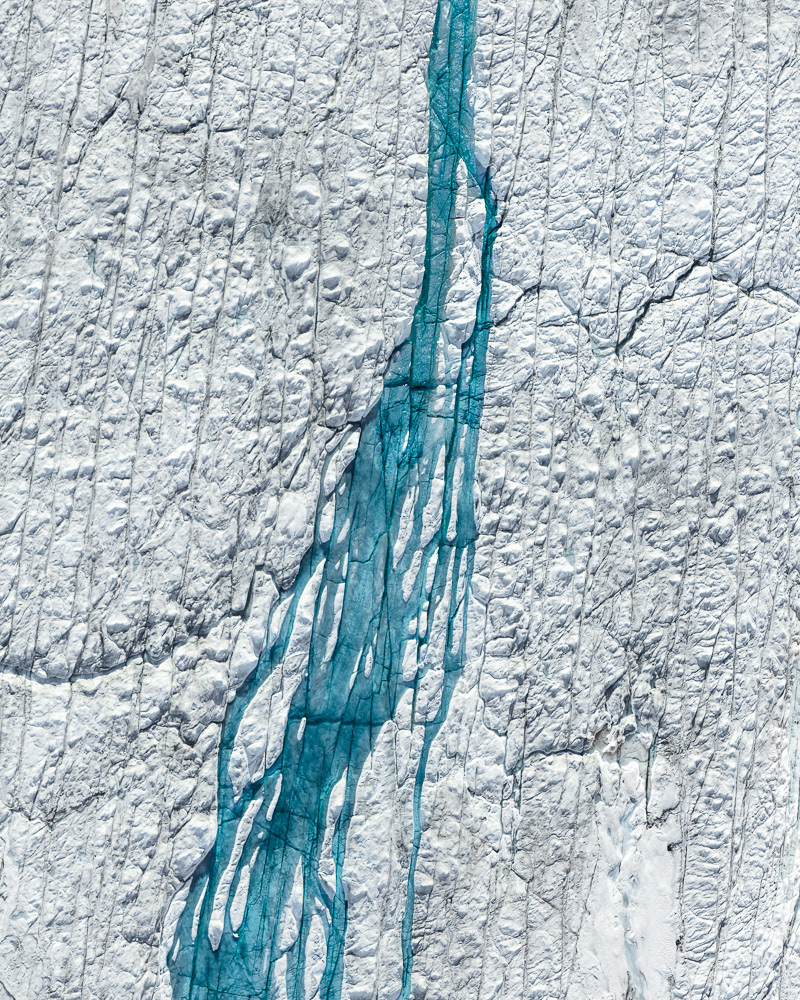
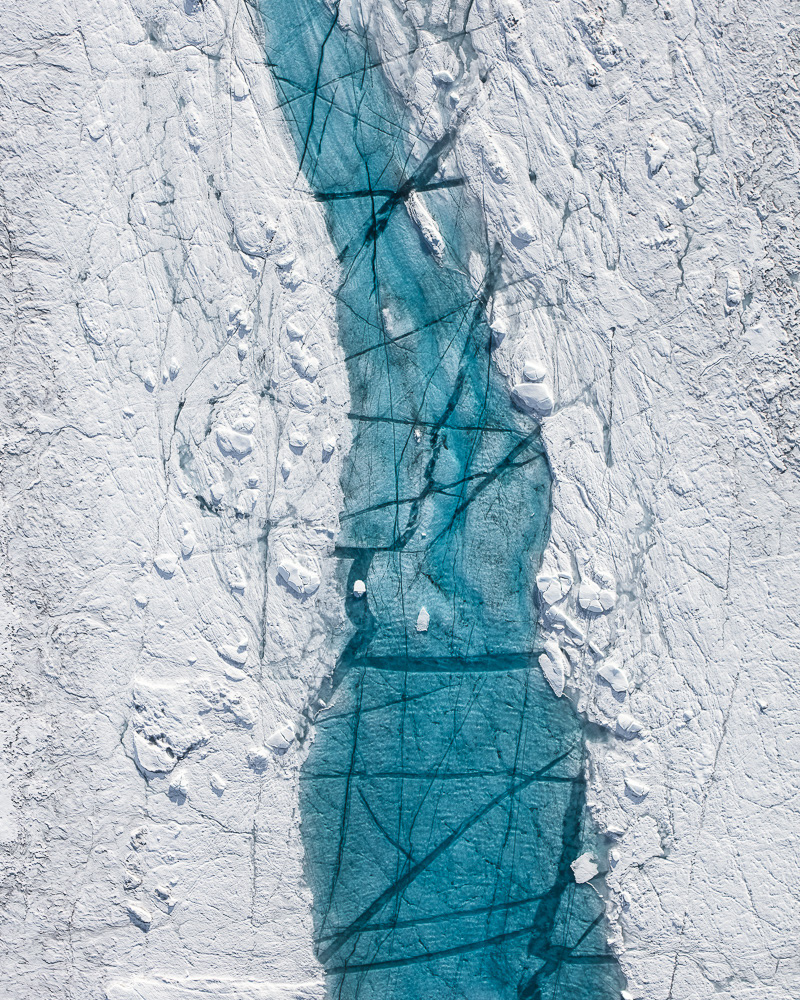
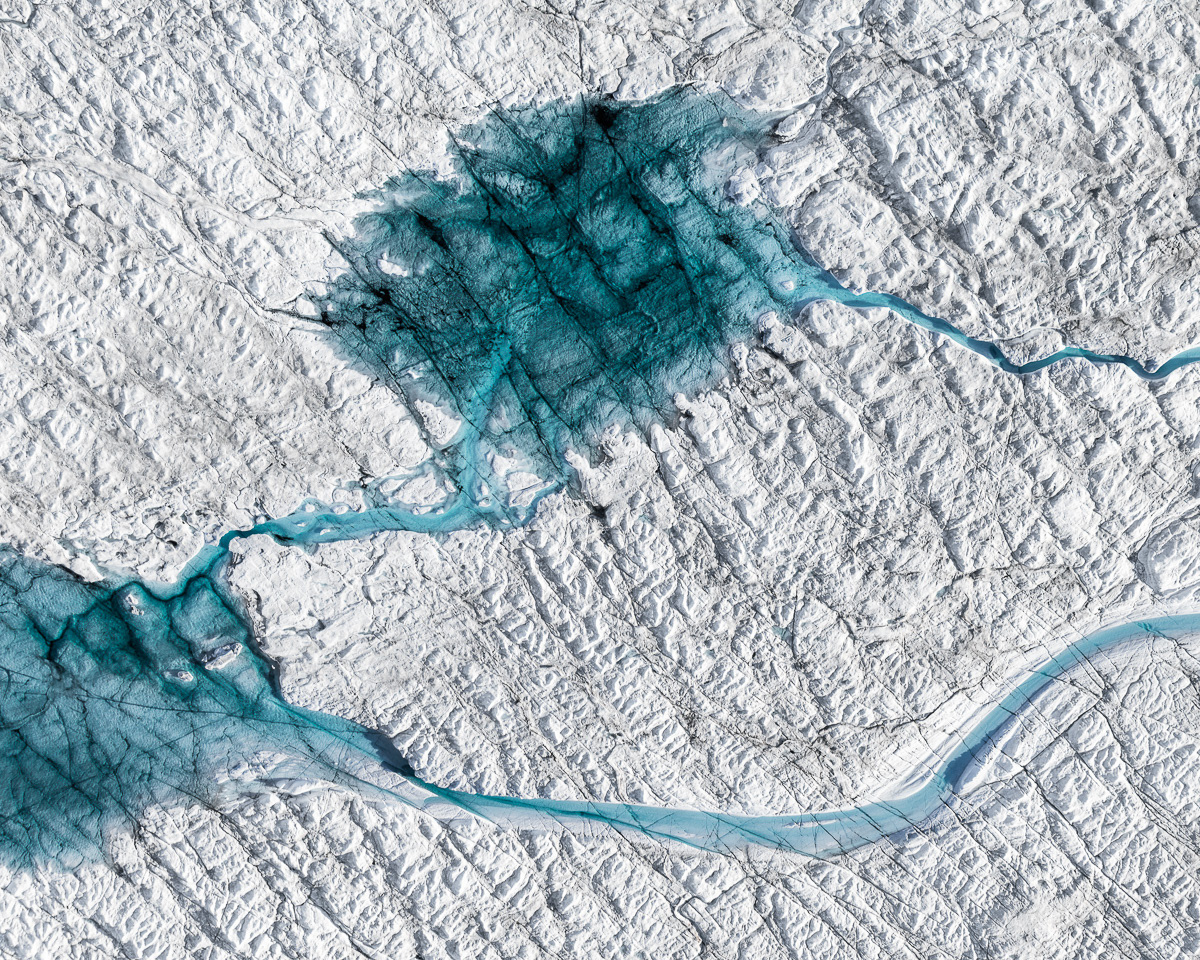
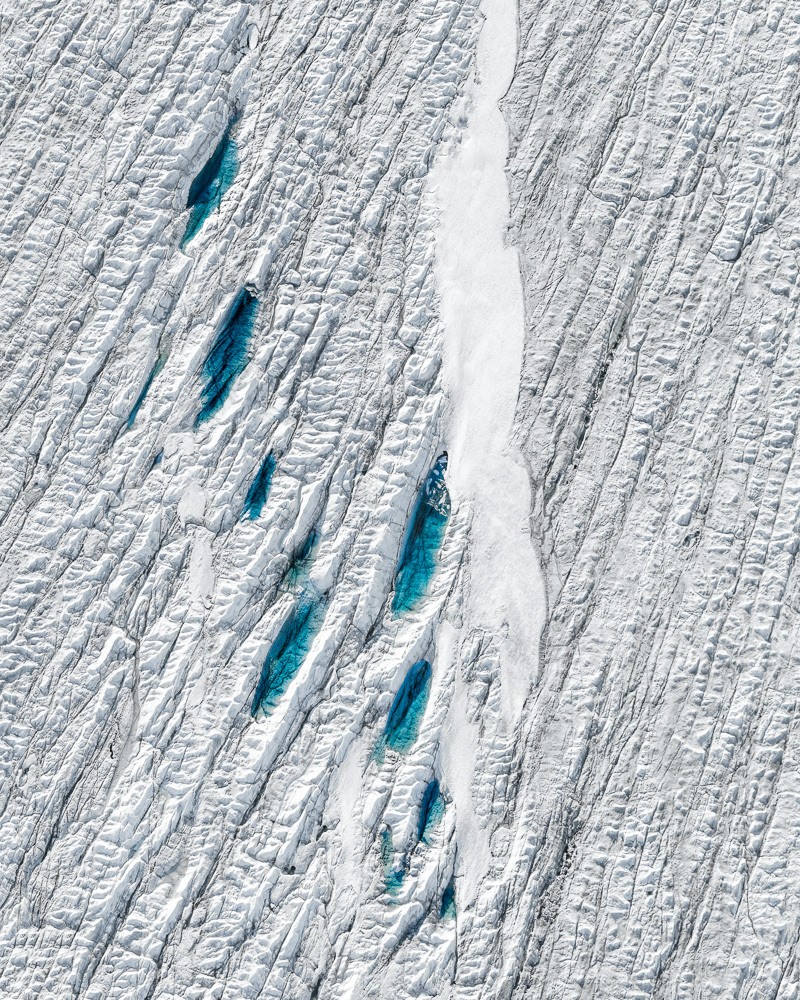
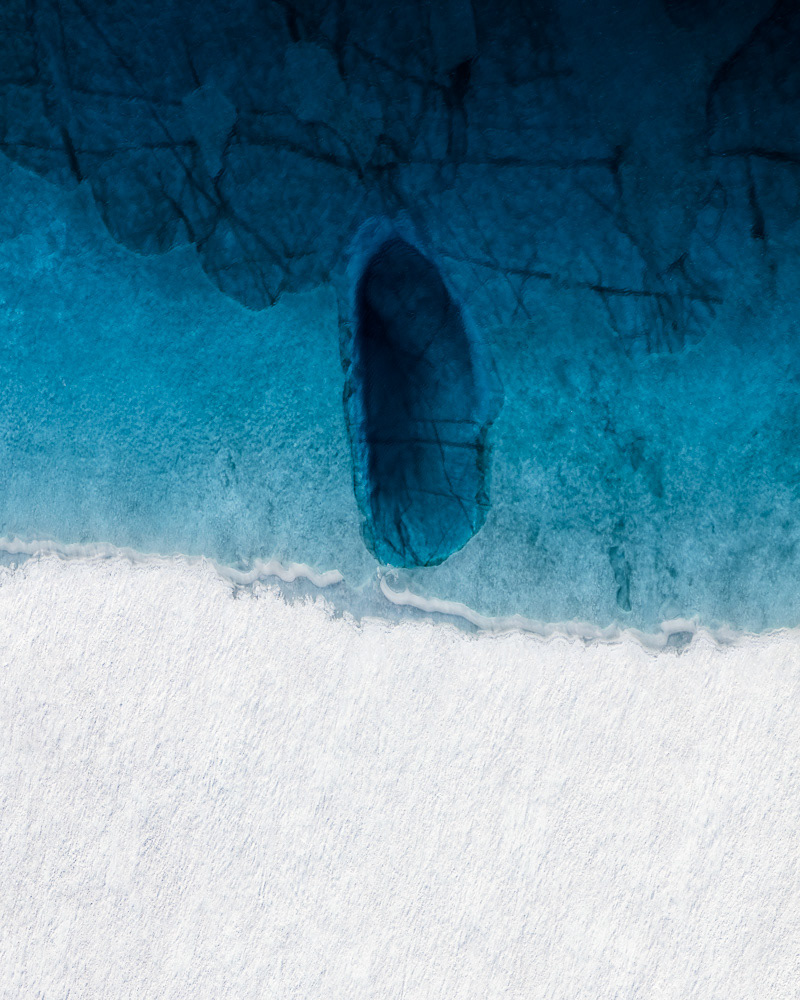
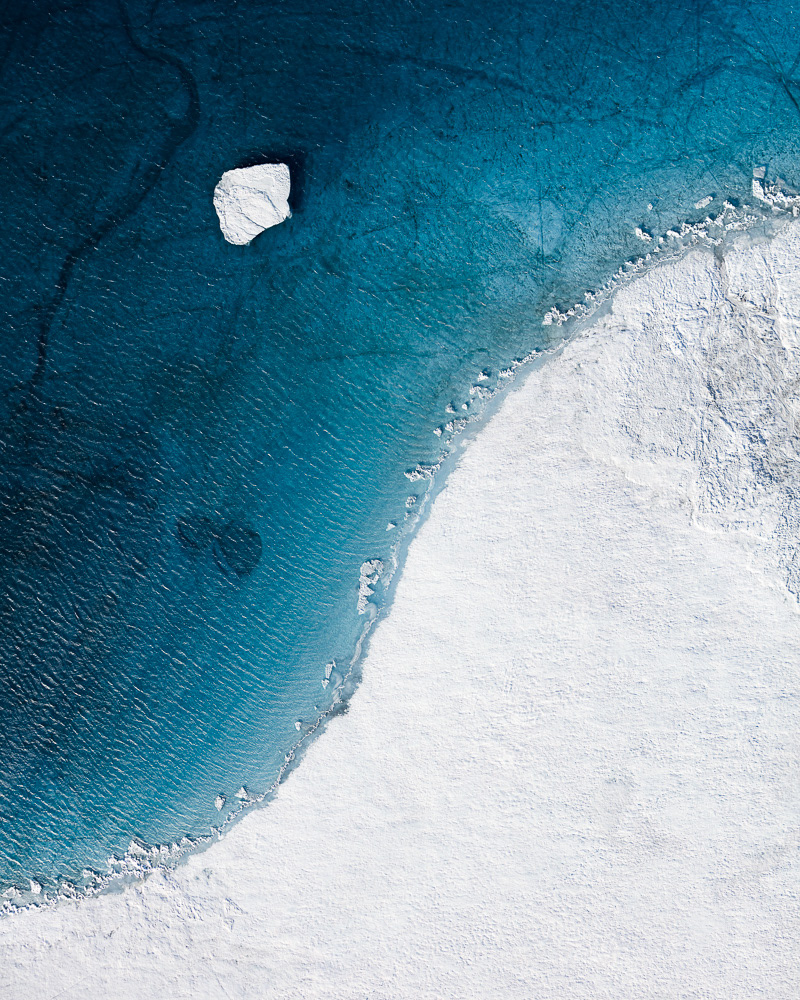
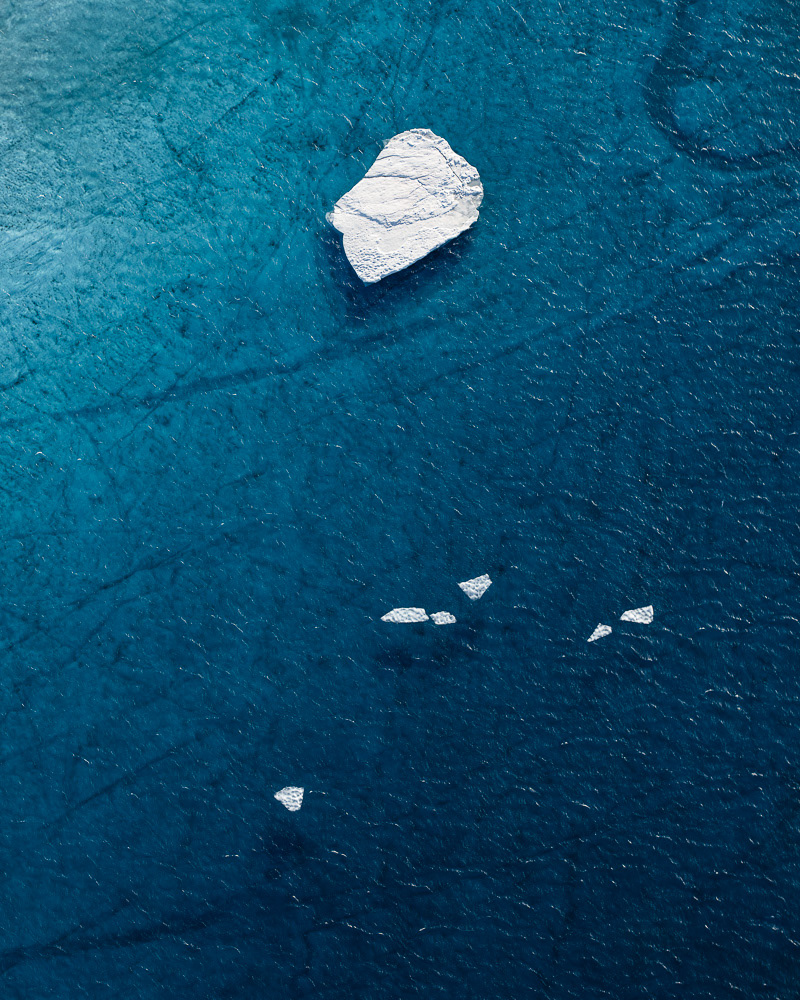


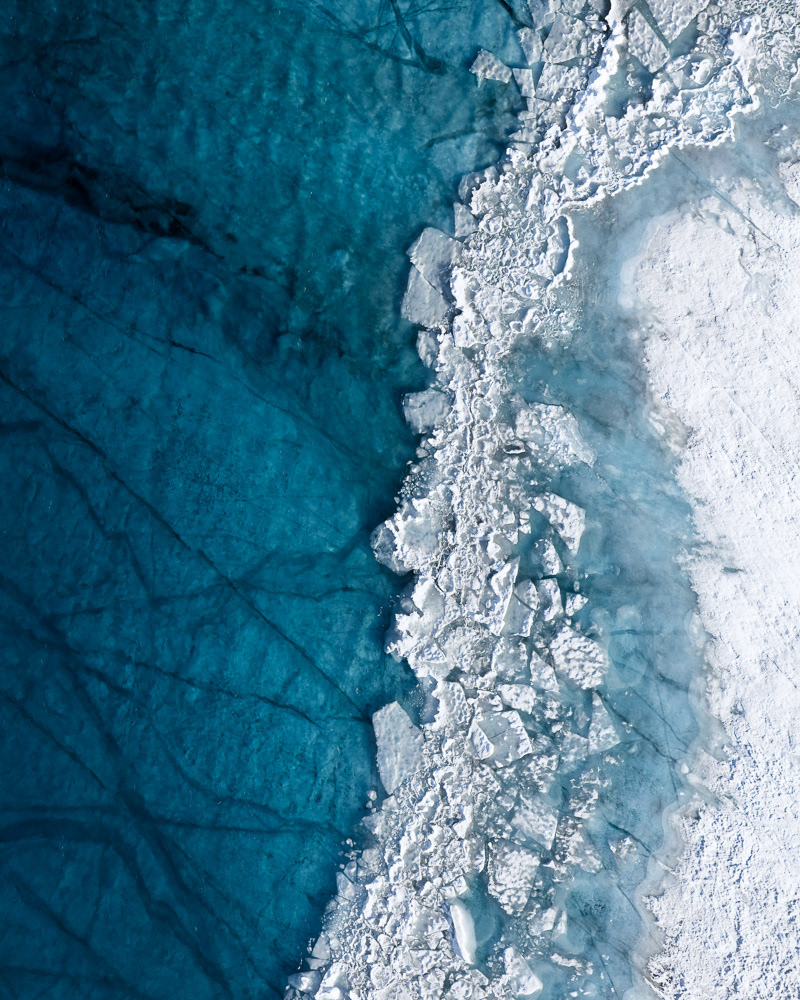

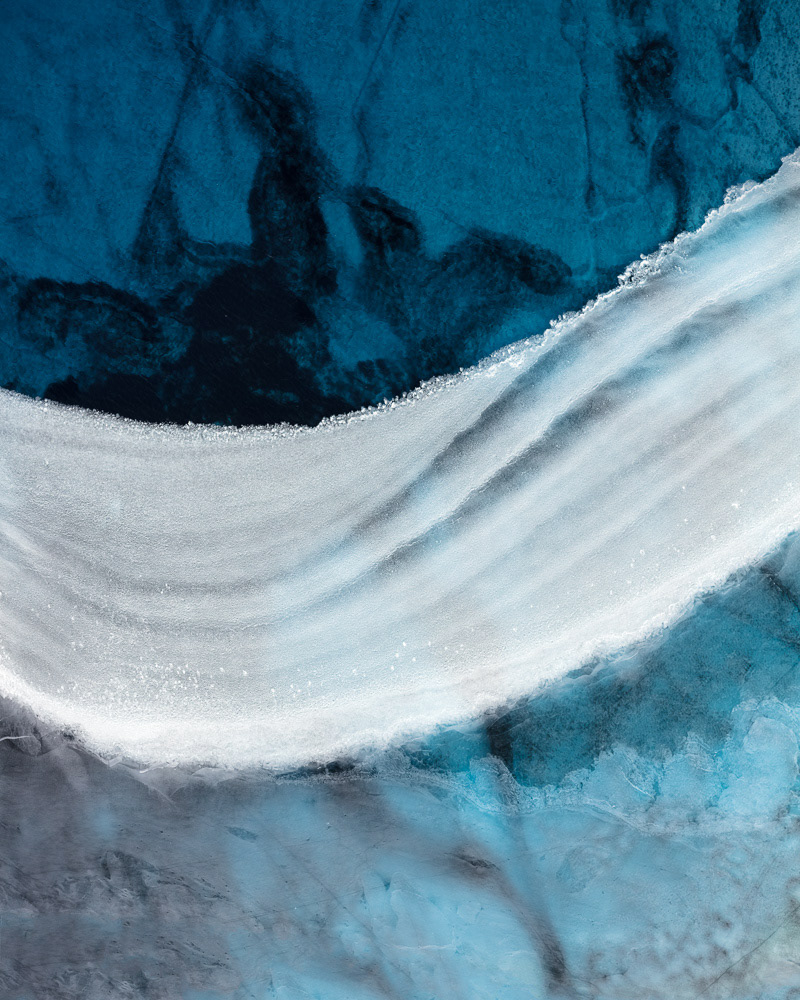
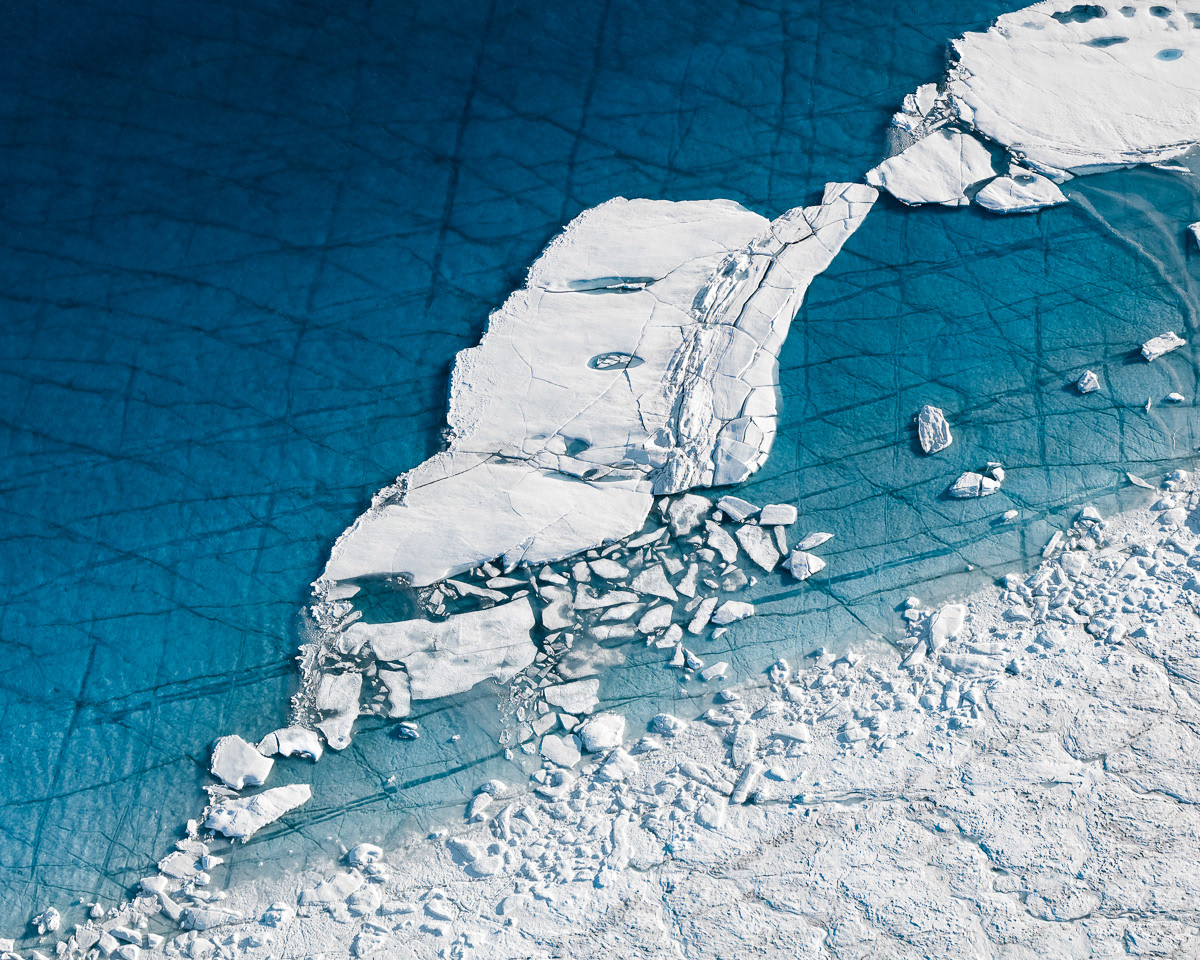
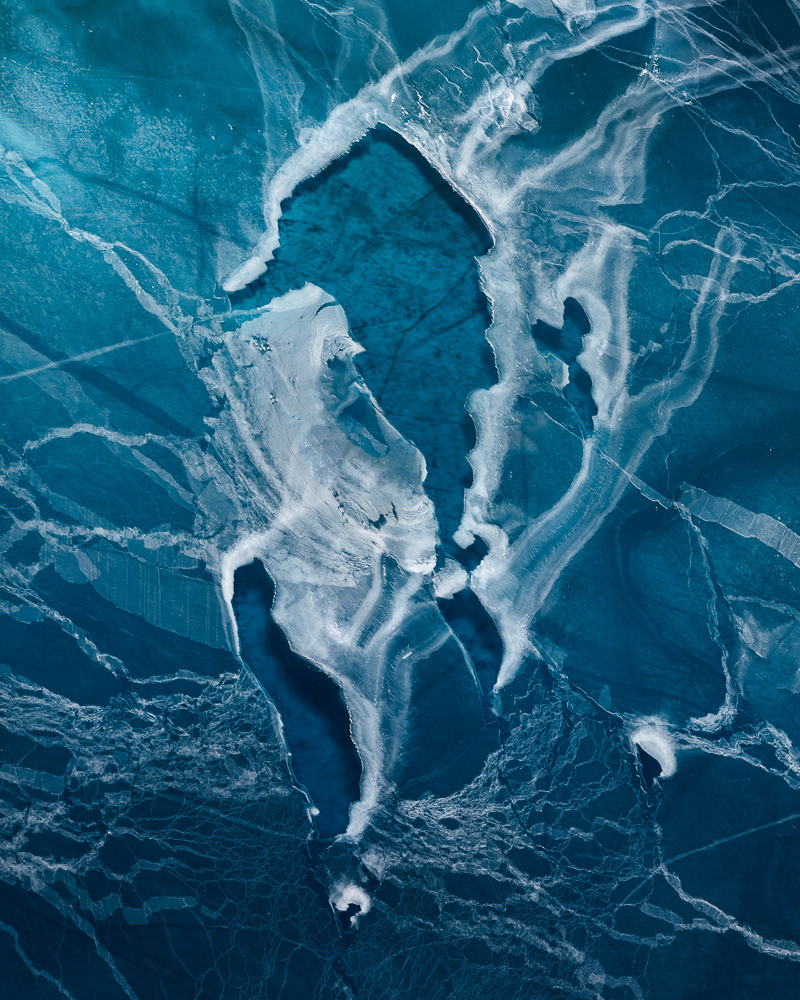
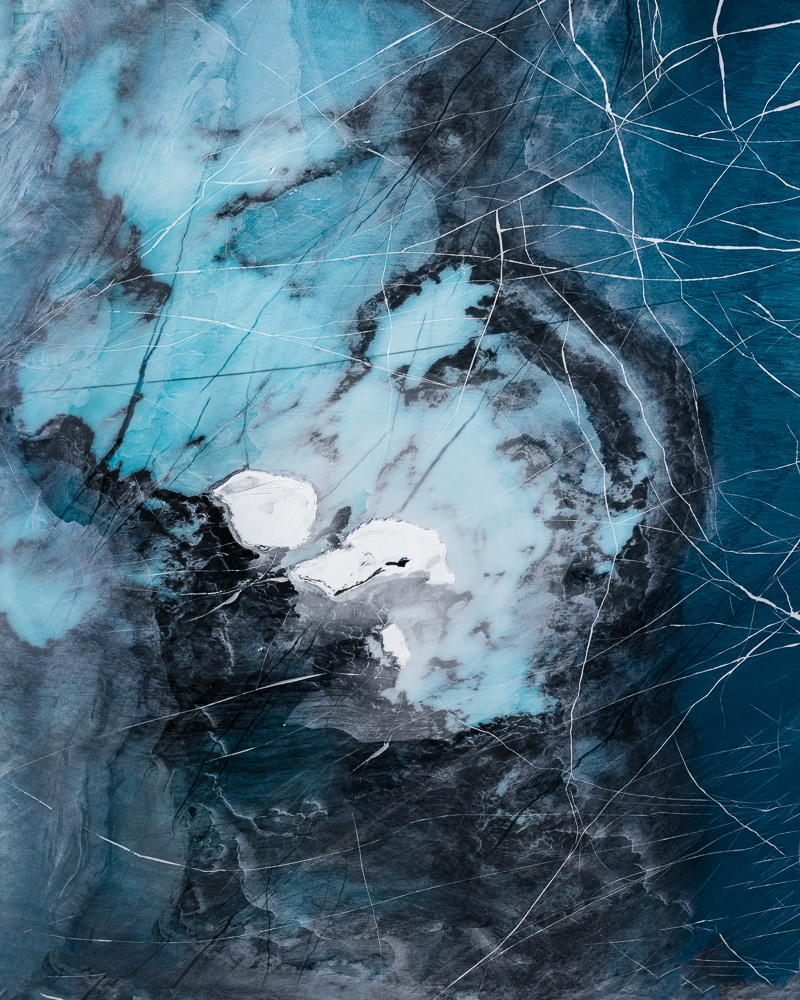

.jpg?mode=max?w=780)

No comments:
Post a Comment